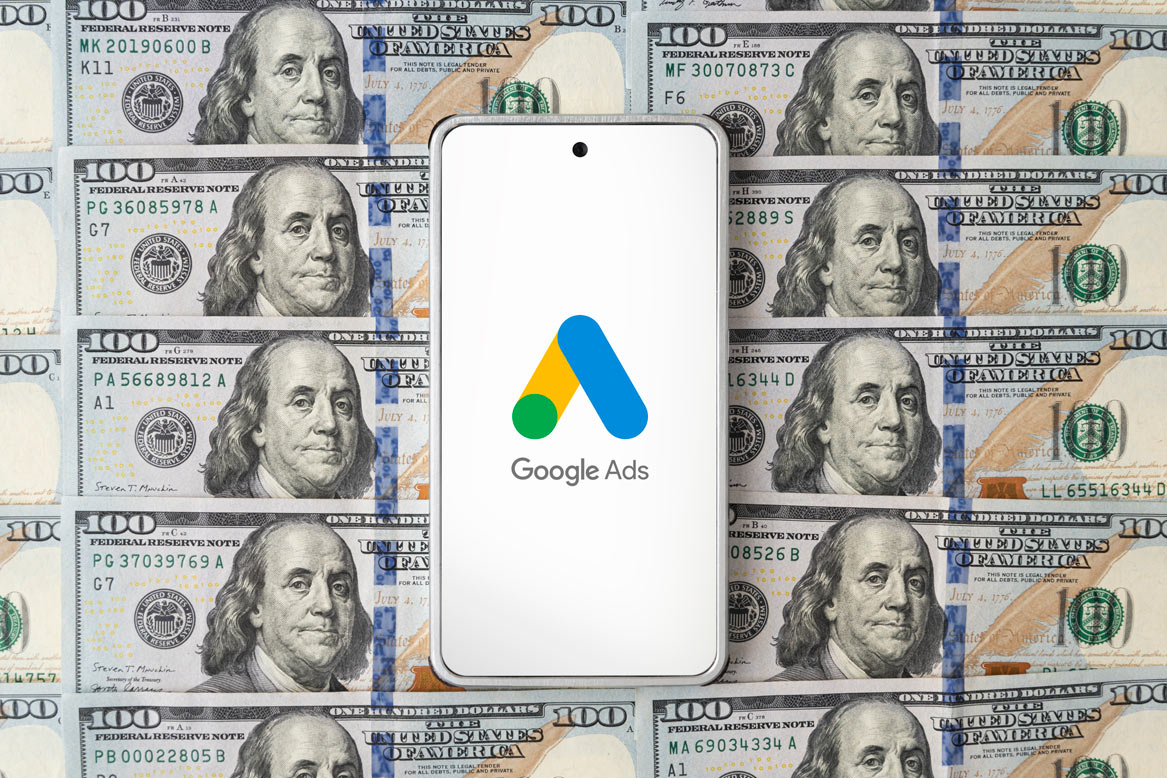In our series on placing for local searches on Google, this is our last option and one of the toughest although there are still some smart things to do to attempt to reach local buyers. This article is for the scenario when you have a business that has one or…
Google Maps
-
-
How to Place Locally on Google – One Business Multiple Cities
In our series on how to place locally on Google I will be looking at the next easiest scenario which is one business with physical presences/offices in multiple cities. This is also a fairly easy scenario to place locally on and similar in some ways to the actions that you…
-
Understanding Google AdWords Express
Nancy McCord, of McCord Web Services, (a Google AdWords Certified Partner) explains when you would want to use Google AdWords Express. This streamlined automated version of Google AdWords is a great platform for local selling business owners who have a low click budget and do not want to hire an…
-
Google Places Know the Attributes You Can Change
Don’t be scammed by Google Places optimization services, and here’s why there are only certain fields that Google Places now allows you as the business owner to update. Here is the list: Name Address City State Zip Code Country Main Phone Number Five Service Category but only from Google’s list…






